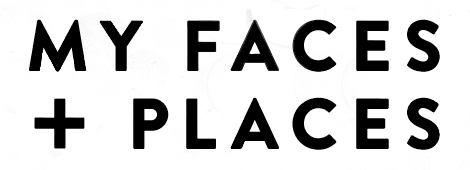Face Mask Changing Dance (Bian Lian) at Longleat Safari Park

Chinese Face Mask
Face Mask Changing Dance (Bian Lian) has always fascinated me since I first saw it as a boy in Singapore. How quickly they could change the mask effortlessly in a fraction of a second. It was not one or two but at least 10 face masks were changed in a dance. Of course I was puzzled and perplexed. I made it a point to go to various performances in many parts of the world but never had a good vantage point nor was I allowed to use a camera to capture what was happening. I was none the wiser. This travel article is about the Face Mask Changing Dance (Bian Lian) being performed in Longleat Safari Park for the 1st time.
This dance is an integral part of traditional SiChuan Opera. The sequence started to reflect the changes in the character and gestures of the person in the dance. This started some 300 years ago and the method was only passed down within families, generation to generation. So famous is this dance, it is now considered as one of China’s National Treasures. Of course, there is considerable speculation how the changes of the silk face mask is made. Isn’t this mystery the start of a talking point?
The dance is the “instantaneous” changing of the face mask. There could be between 5 to 20 face mask changes. These changes can occur any time during the dance – a turn, a swipe of the fan, the movement of the head or a wave of the hand. This can occur directly facing the audience. How do they do it? Penn and Teller have called them the best quick change artists.
Bian Lain at the Longleat Safari Park
Longleat Safari and Adventure Park held the Festival of Light together with a Chinese Dance Troup (December 2014) from the city of ZiGong which in the SiChuan area. (The SiChuan area is the only place where the panda lives). The highlight of the dance performance was a Face Mask changing Dance and cameras were allowed. I made sure that I could get good photographs; I sat near the front for a good vantage point.
The point of this post in the travel article is to create a photographic record of how the Bian Lian happens in real time and the skill required.
Bian Lian at Longleat Safari Park and Chinese Philosophy
For those observant readers, you might have noticed that the colours of the face mask are of a particular sequence.
Central to the Chinese philosophy is the 5 Element theory where the 5 elements can be transformed with the productive and destructive cycles. Each element has various properties – colour, shape, movement, energy, parts of body and so forth. This theory is central to many of the Chinese practises like Chinese traditional medicine, feng shui, dance etc. This dance sequence demonstrates the practise of this Five Element theory.
Mask 1 – The dance starts off with a white mask. White is the colour of the Metal element.
Mask 2 – The colour is blue. This is the result of the Metal element producing the Water Element which has the colour blue.
Mask 3 – Green colour. This is the result of the Water element transforming to the Wood element. The colour of the Wood element is green.
Mask 4- The colour is purple. This is the result of the Wood element producing the Fire element. The colour of the Fire element is usually red but the purple colour can be used to represent this element.
Mask 5 – The colour is Black. This is the result of the Fire element producing the Earth Element. The Earth element has two colours – terracotta and black.
Mask 6 – It has the colours of white and red. The Earth element produces the Metal element which has a white colour. The red colour represents the Fire element. The Fire element destroys the Metal element which indicates that the dance is coming to an end.
Mask 7 – The final mask is red which represents the Fire element. This mask covers only half the face.
And finally, the face of the dancer is revealed.
Each element has a particular movement. For example – in the Metal element, the dancer and his arms would move in circles. In the Water element, the body and the arms would be moving downwards and outwards demonstrating the movement of water. Whereas in the Fire element, the main movement would be the fluid upward movement of the body and the arms. I was concentrating on the photography and the changing of the face masks and therefore, did not pay particular attention to the movement of the body and arms.
Conclusion:
I have fulfilled an aim – to see this intriguing and fascinating dance at close hand. The face mask changes were carried out so quickly, easily and effortlessly. I have also noticed that the headgear is central to the face mask dance.
I feel that I have been privileged to see and record this dance (Bian Lian), one of China’s National Treasures at close hand and be able to record the series of images in this travel blog.
The Festival of Light was held at the Longleat Safari Park www.longleat.co.uk/
There is another Bian Lian troupe (Lion Dance Singapore) that I have come across. They are from Singapore and perform regularly in events.
About Dr Michael Oon:
Michael was brought up in Singapore and came to the UK for schooling. He was a forensic scientist at the Metropolitan Police Forensic Science Laboratory (New Scotland Yard, London) for 20 years. He is now a consultant practicing traditional feng shui and works with property developers. He specialises in helping to sell property faster. He has travelled extensively around the world as part of his work and together with his wife Helen.
Follow my blog with Bloglovin
All rights reserved © 2015-2016 MyFacesAndPlaces.co.uk












